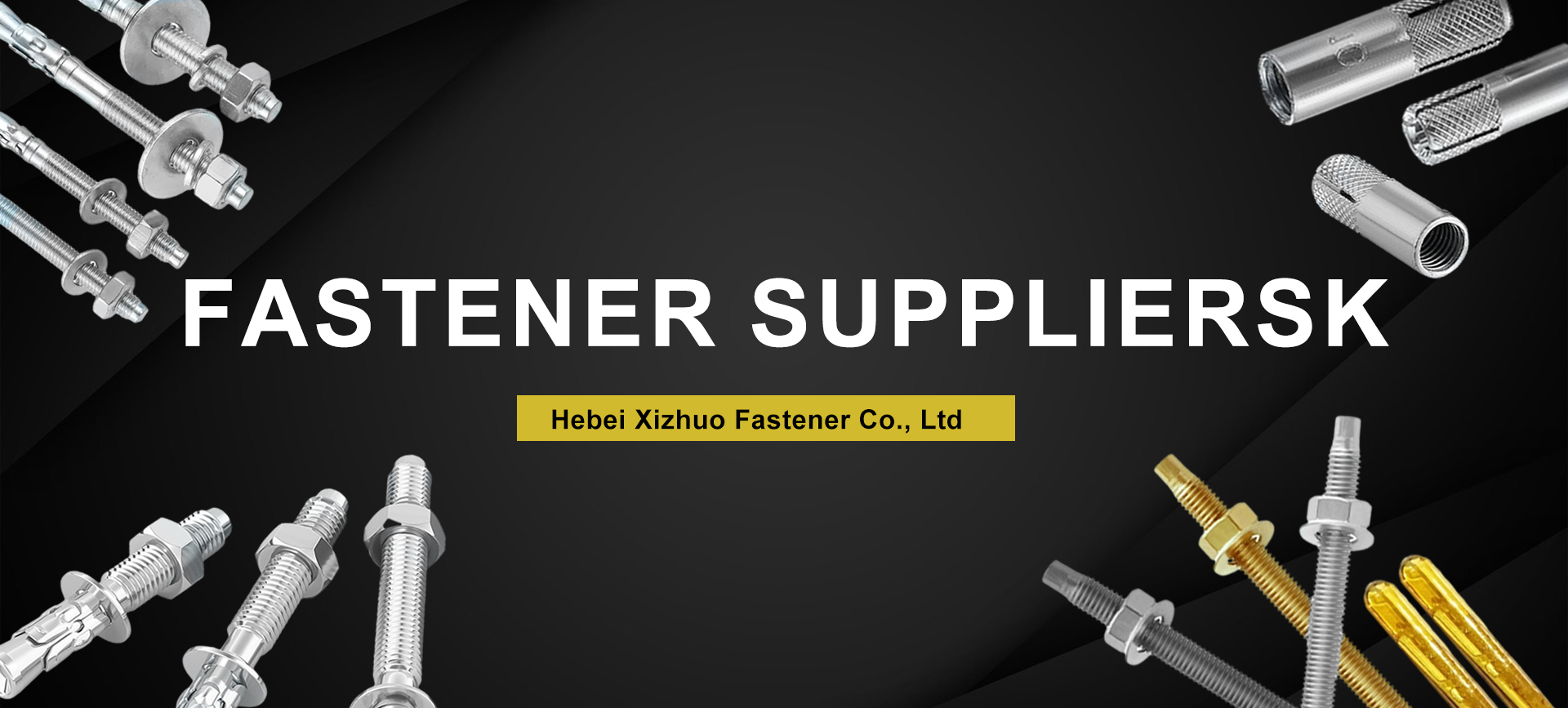Wedge Anchor Bolts for Secure Concrete Applications and Effective Installation Techniques
Understanding Wedge Anchor Bolts for Concrete A Comprehensive Guide
When it comes to anchoring structural elements to concrete, wedge anchor bolts are among the most reliable fasteners available. These specially designed bolts are embedded within concrete to create strong, secure connections essential for various construction and engineering applications. This article delves deeper into the characteristics, installation process, advantages, and considerations associated with wedge anchor bolts.
What Are Wedge Anchor Bolts?
Wedge anchor bolts consist of a threaded shaft, a wedge-shaped mechanism, and an embedded plate known as a nut or anchor head. They are typically made from materials like carbon steel or stainless steel, providing a high level of tensile strength and durability. Wedge anchors function by expanding within a pre-drilled hole in the concrete as the bolt is tightened. This expansion creates a secure friction connection between the anchor and the concrete, making them ideal for heavy-duty applications.
Key Features and Types
1. Material Composition The most common materials for wedge anchor bolts include carbon steel with a zinc coating for corrosion resistance and stainless steel for applications requiring higher durability in corrosive environments.
2. Sizes and Lengths Wedge anchors come in various diameters and lengths, allowing customization for different loads and applications. Common diameters range from 3/8 inch to 1 inch, with lengths varying to meet specific anchoring requirements.
3. Types Besides basic wedge anchors, options include double expansion anchors designed for greater load-bearing capacity and low-profile wedge anchors suitable for installations where headroom is limited.
Installation Process
Installing wedge anchor bolts correctly is crucial to ensure optimal performance and safety. Here’s a step-by-step guide to the installation process
1. Preparation Begin by selecting the right size and type of wedge anchor for your application. Gather the necessary tools, including a hammer drill, masonry bit, and torque wrench.
2. Drilling the Hole Using a hammer drill equipped with a masonry bit, create a hole in the concrete. Ensure the hole diameter matches the anchor bolt size and that it is of appropriate depth, typically greater than the length of the anchor being installed.
wedge anchor bolts for concrete

3. Cleaning the Hole It’s essential to clean out the hole to remove dust and debris to ensure proper anchoring. A blow-out bulb or compressed air can be useful for this step.
4. Inserting the Anchor Place the wedge anchor into the hole, ensuring that the anchor is correctly aligned. The threaded portion should be exposed above the surface of the concrete.
5. Tightening Use a torque wrench to tighten the nut or anchor head. As the bolt tightens, the wedge-shaped end will expand against the sides of the hole, creating a strong grip.
6. Final Checks After installation, inspect the anchor to confirm it is secure, and check for any signs of damage or misalignment.
Advantages of Wedge Anchor Bolts
Wedge anchor bolts offer numerous advantages, making them a preferred choice in construction
- Strength The wedge design ensures high tensile strength, making them suitable for heavy loads and demanding applications. - Durability High-quality materials withstand environmental factors such as moisture and chemicals, leading to a long service life. - Versatility They are used in various applications, including securing machinery, structural framing, and mounting items to concrete walls. - Ease of Installation The installation process is straightforward, requiring minimal tools and expertise.
Considerations
While wedge anchor bolts are highly effective, a few considerations must be acknowledged
- Concrete Quality The effectiveness of wedge anchors depends significantly on the quality and condition of the concrete. Cracked or damaged concrete may compromise the anchor's performance. - Load Capacity It's essential to understand the load requirements of your application to select suitable anchor bolts. - Spacing and Edge Distances Adhere to manufacturer guidelines regarding spacing and edge distances to prevent failure or damage to adjacent concrete.
Conclusion
Wedge anchor bolts are a fundamental component in construction, providing strength and reliability for anchoring applications. Understanding their features, installation procedures, and benefits can help ensure you make informed choices for your projects. Whether you're a professional contractor or a DIY enthusiast, mastering the use of wedge anchor bolts will significantly enhance the integrity and safety of your concrete installations.
-
Weatherproof Plastic Expansion Anchors for OutdoorNewsJun.06,2025
-
Sustainability in the Supply Chain: Eco-Friendly TEK Screws ProductionNewsJun.06,2025
-
Load-Bearing Capacity of External Insulation FixingsNewsJun.06,2025
-
Double Head Bolts: Enhancing Efficiency in Industrial MachineryNewsJun.06,2025
-
Corrosion Resistance in Chipboard Screws: Coatings for Wholesale DurabilityNewsJun.06,2025
-
Butterfly Toggle Bolts : Enhancing Structural ResilienceNewsJun.06,2025
